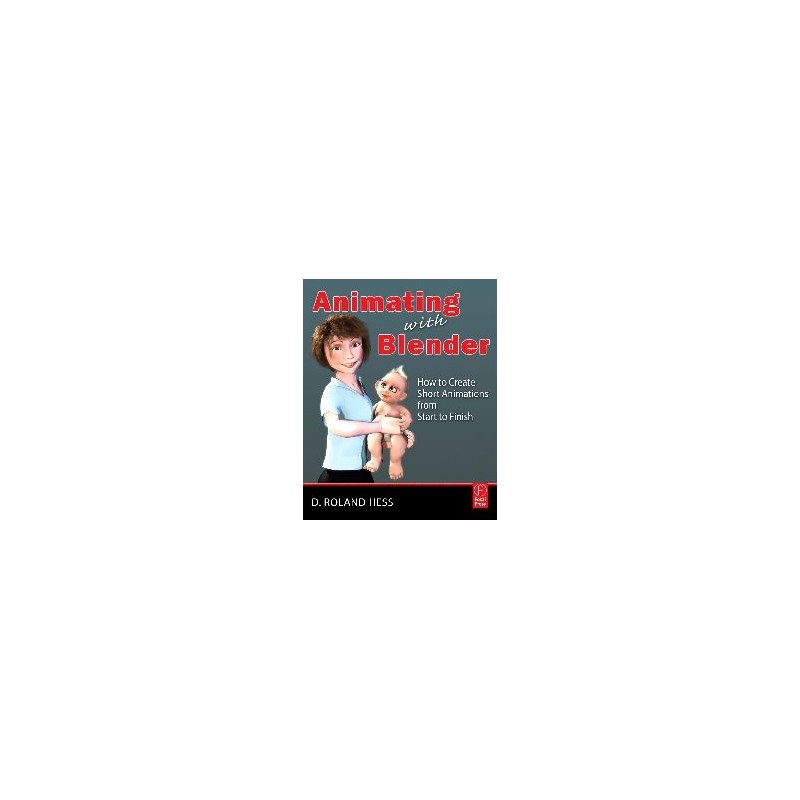- Out-of-Stock



No product available!
LCD 2x20, 116x37mm, FSTN NEGATIVE, LED backlight (white), enhanced temperature range, RoHS
No product available!
No product available!
Adafruit 1115 - Adafruit Blue&White 16x2 LCD+Keypad Kit for Raspberry Pi
No product available!
No product available!
No product available!
No product available!
No product available!
NWT7 CIRCUIT ANALYZER - PRINTED PLATE
No product available!
No product available!
No product available!
No product available!
HK Turnigy D3530 / 14 1100KV Brushless Outrunner Motor (18225)
No product available!
No product available!
No product available!
No product available!

